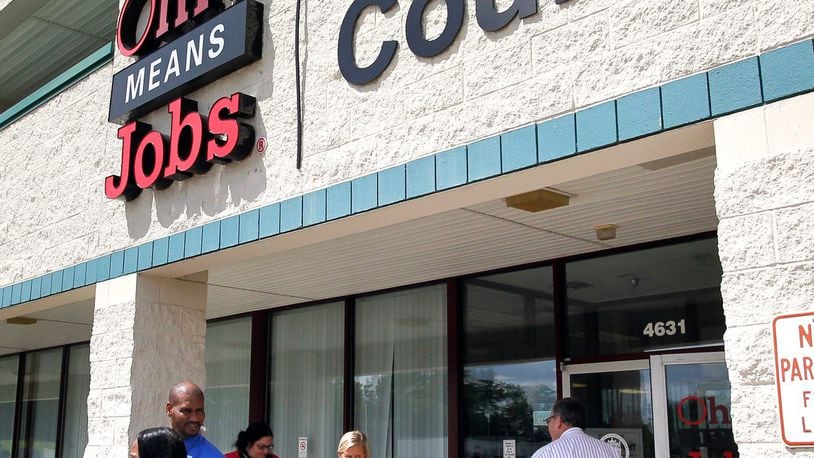“We also put about $1 million of TANF (Temporary Assistance for Needy Families) money into it,” Morrison said. “If they had chosen the other bidder then the other bidder would have only had the WIOA dollars to work with, so they would have had to operate all three counties on $1.9 million. You couldn’t maintain what we’ve been providing for that.”
RELATED: Path out of poverty expensive
When the Workforce Innovation and Opportunity Act passed in 2014 it required workforce boards to competitively bid services for job seekers. The board here, that represents all three counties, put out a request for proposals for a new operator to oversee all the various services — help for veterans, those on public assistance, people with disabilities and more — the Ohio Means Jobs offices handle.
They also bid career services like training for people who are underemployed, unemployed through no fault of their own, among others, according to local WIB Executive Director Adam Jones. They got five intentions to bid but only two bids. Jones said the bid process was a healthy exercise.
“It’s all to give the best level of service to everyone we serve employers and job seekers alike and competition does that,” Jones said. “It requires everybody to sharpen their pencils and put the best package together, learn from each other, get everyone the best practices and apply them equally throughout our three county area. It can be easy for people to fall into a rut.”
RELATED: Workforce board selects new members
Up until this point there wasn’t much collaboration between the three counties and Morrison said that was causing some consternation with the workforce board.Assistant JFS Director Shannon Glendon said going forward they have solved that problem.
“Area boards could have decided to release an RFP for exactly what we were doing. Butler was operating their own OMJ center, Clermont was operating their own and so on,” she said. “Our board released a bid that required it to be a collaborative and serve all three counties. We got together with Warren and Clermont to put together a collaborative proposal to become one organization of Ohio Means Jobs, Butler/Clermont/Warren and serve the entire area.”
Morrison said a big problem was they weren’t following the same rules.
For example there is a provision in Butler County that pays employers to give workers on-the-job-training. The other counties might not have offered that or had different rules.
READ MORE: State scales back poverty-to-prosperity plan
“Between Liberty Center, the racino there’s a lot of development along those lines and those employers don’t care whether people live in Warren County or Butler County,” Morrison said. “So if we’ve got different rules of how we can help them, like with the on-the-job-training contracts and that kind of stuff, that just adds a whole lot of confusion to it.”
The WIB is comprised of business people and county representatives, who set policies for what workforce activities are going to occur in the area and the Ohio Means Jobs agencies — under the auspices of the county’s JFS office — implement those policies. The WIB board is also responsible for procuring the services for job seekers and setting training dollar amounts. Part of the county’s job is to help people, who qualify for public assistance, break down barriers to employment.
Morrison said in his mind you can’t disconnect the realms of public assistance and help for job seekers, they focused on that in their bid.
“We very clearly focused on a connectivity to public assistance and helping people that have difficulty finding work, find work successfully and supporting them in that work, so they move off the public assistance roles and move into the dignity of employment,” Morrison said. “They obviously agreed with that.”
Morrison said they are still working out the details of the new contract that takes effect July 1.
About the Author
